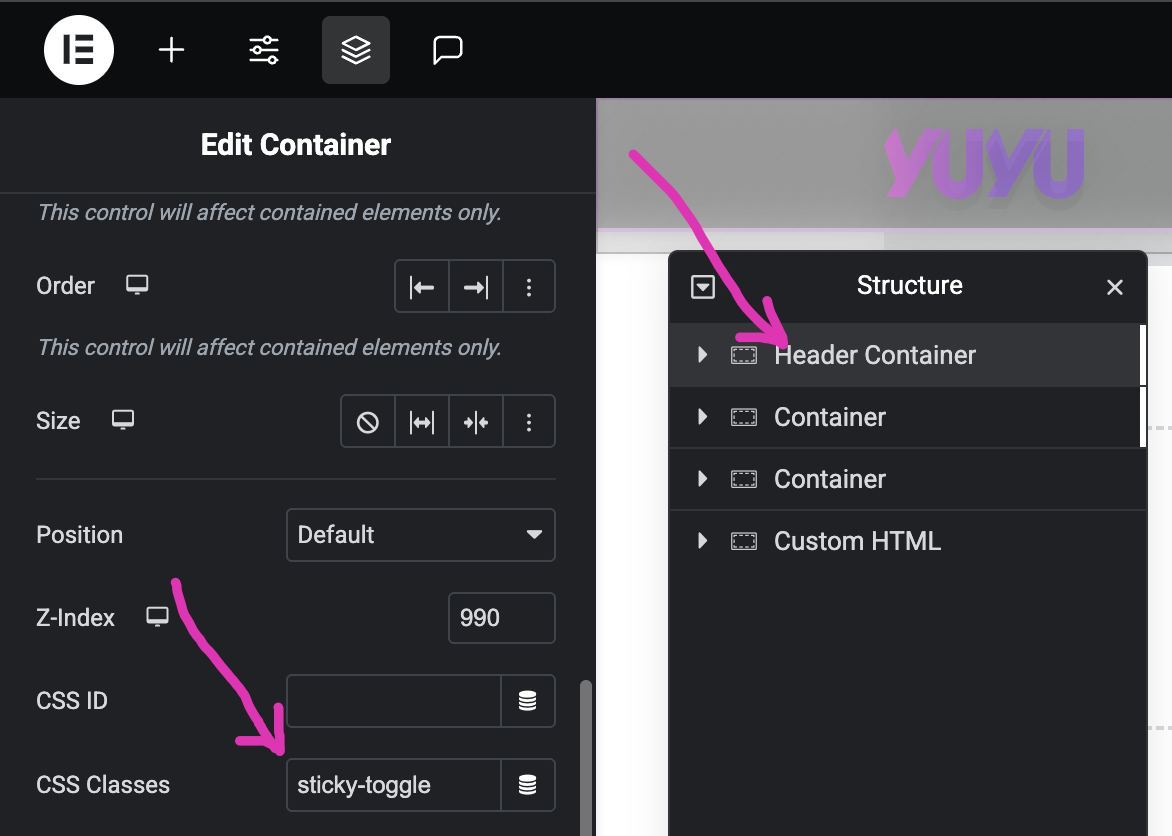Have you ever been so immersed in a task that the world around you seems to fade away? Psychologists call it the “flow state.” It’s that magical zone of peak performance where you are completely immersed in an activity, losing all track of time while your skills are perfectly matched to the challenge at hand.
For designers, programmers, or more collectively, problem-solvers, the “flow state” is the peak of productivity. It is a divine state where you get into full swing and everything just starts falling in place.
Before getting married and becoming a dad, I could do uninterrupted sprints of 2 days straight just to get into that realm and close out a project. During that sprint, I would enter that realm of full momentum, a climax that slowly builds up with focused time. It is a period where you are on top speed and would MAGICALLY close down a project faster, but ONLY IF that momentum is not broken.
Back then, it was easy for me to completely cut out distractions by turning off all my devices for as long as it takes to reach the flow state and close out projects, and this can sometimes take up to two straight focused days. However, such a climax is hardly ever achieved since getting married, and believe me, I have tried everything I can, but to no avail. The only thing I have not tried is sleeping out at night, because when night comes, I still have to “report to base” (my home) no matter where I am or how close to the flow state I am.
This scenario may seem simple, but it reflects a daily reality for many married creatives, regardless of gender. If not properly managed, it often results in lots of projects starved of genuine attention, waiting to be completed.
How can I (predictably) enter that realm in marriage? It feels almost impossible. Because I’ll get calls. I get disturbed by household processes. I have to attend to the kids, for example, pick them up and drop them off at school and extra lessons. I might have to do grocery shopping, and so on.
The silent, unbroken runway required for takeoff is simply no longer there.
Becoming a father to multiple kids is indeed a big sacrifice. It is like parting ways with a part of you, and every day is a struggle to re-develop the superpower that you once had, but in a different way. But I can’t lie, I miss those times when I could go an entire day without opening my mouth to say a word, and ultimately entering into this full swing while executing projects. The results were always amazing and precise to a fault.
Despite all that I have painted above, I still do not see marriage as an obstacle, but as a necessary sacrifice built on love, mutual respect and understanding, one that allows us to legally and ethically multiply and groom mini versions of our great selves.
There is no denying the fact that my old method of entering into the flow state is no longer valid, and I have no other choice than to unlearn it and relearn a new way.
In conclusion, the main challenge here is unlearning the old way and relearning a new way back to that sacred state of focus, but the bigger challenge is that mastering it can take years.
